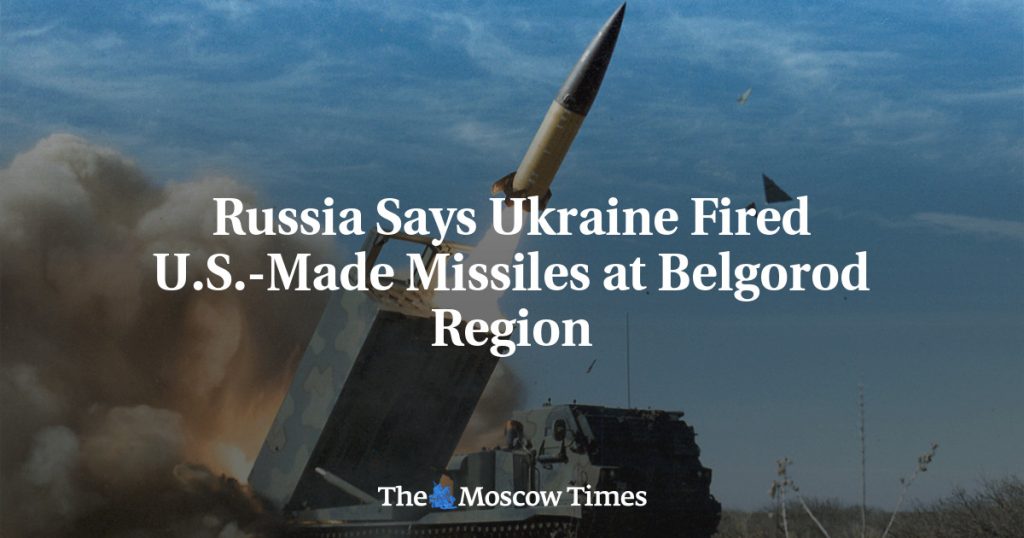Russia has accused Ukraine of firing U.S.-supplied ATACMS missiles at the border region of Belgorod, leading to threats of retaliation from Moscow. Outgoing U.S. President Joe Biden had authorized Kyiv to use the long-range weapons against Russia, which Moscow viewed as a serious escalation of the conflict. The Russian Defense Ministry claimed that on January 3, an attempt was made to launch a missile strike from Ukrainian territory using ATACMS missiles, all of which were intercepted. The Kremlin has vowed to retaliate, including threatening to hit central Kyiv with a hypersonic ballistic missile in response to the strikes.
U.S. President-elect Donald Trump expressed strong opposition to Ukraine’s use of the ATACMS missiles, labeling them as escalating the conflict. In eastern Ukraine’s Donetsk region, a Ukrainian drone, described as a “kamikaze,” killed a journalist from Russia’s Izvestia newspaper and wounded other media workers. Both Kyiv and Moscow have accused each other of fatal attacks on civilians at the start of the year, with incidents such as a Russian strike in a village in Ukraine’s northeast Kharkiv region resulting in casualties. The conflict between the two countries has shown no signs of abating, with ongoing violence and casualties on both sides.
The conflict between Russia and Ukraine has persisted for nearly three years, with tensions escalating due to military actions on both sides. The use of ATACMS missiles by Ukraine has further fueled the aggression, with Russia vowing to retaliate against what it perceives as provocations. The death of a journalist and other civilians in the conflict has highlighted the human cost of the ongoing violence in the region, with casualties reported on both sides. The situation remains volatile, with Moscow making territorial gains in Ukraine as Kyiv’s army faces challenges in manpower and exhaustion.
The conflict in Ukraine has attracted international attention, with U.S. involvement in supplying weapons to Kyiv and the potential for further escalation in the region. The use of advanced military technology, such as the ATACMS missiles, has raised concerns about the potential impact on civilian casualties and the wider implications for the conflict. The death of civilians, including a 10-year-old boy, in drone strikes has added to the tragic toll of the conflict, further highlighting the need for a peaceful resolution. The capture of Ukrainian villages by Russian forces and territorial advances underscore the challenges faced by Kyiv in defending its territory against a more powerful adversary.
The ongoing violence in Ukraine has drawn condemnation from the international community, with calls for a peaceful resolution to the conflict. The targeting of civilians, including journalists and children, has raised concerns about the humanitarian impact of the conflict and the need for greater protection of vulnerable populations. The situation in Ukraine remains fluid, with both sides continuing to engage in military actions and territorial disputes. Efforts to mediate the conflict and bring about a ceasefire have so far been unsuccessful, leaving many civilians at risk of further violence and displacement.
The conflict between Russia and Ukraine poses a significant challenge to regional stability and security, with the potential for further escalation and humanitarian crises. The use of advanced military technology and the targeting of civilians have raised questions about the conduct of both sides in the conflict. Efforts to find a peaceful resolution through diplomatic means have so far been unsuccessful, leaving the situation unresolved and violence ongoing. The international community must continue to monitor the situation in Ukraine and work towards a peaceful resolution that addresses the root causes of the conflict and protects the rights of civilians caught in the crossfire.


